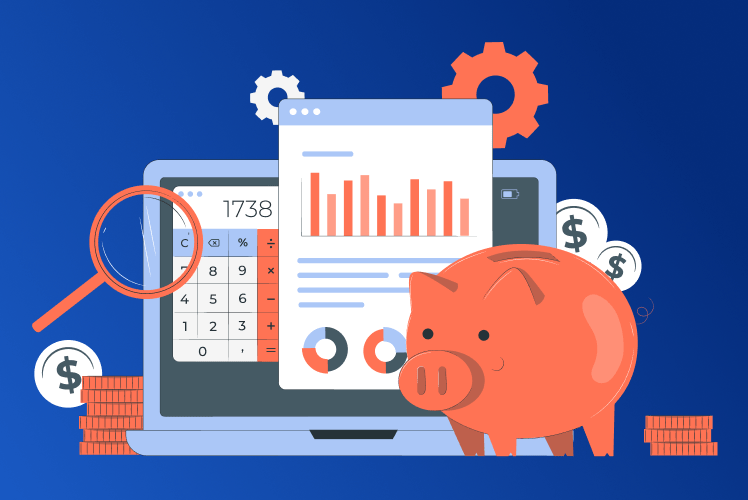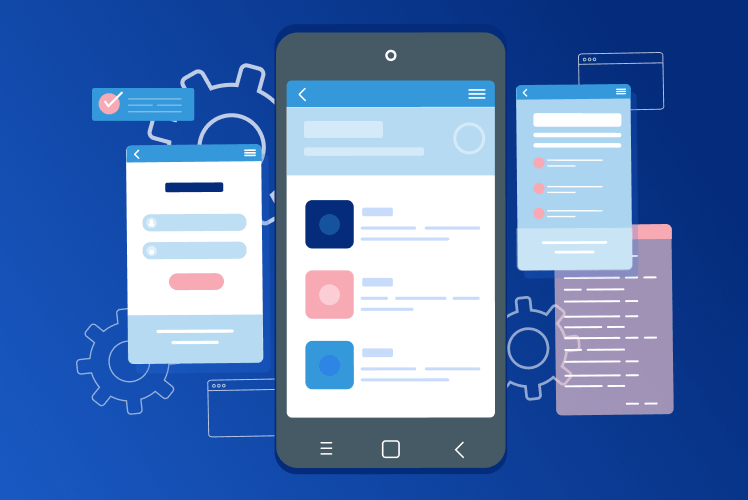Table of Contents
Starting with smart homes, the IoT technology is now widely used across multiple industries for the most various purposes. From healthcare to logistics, IoT is becoming more of a necessity rather than a “nice-to-have”.
The COVID-19 pandemic has also impacted the way companies started to use IoT. With the necessity for remote work and distancing, connected devices became a lifesaver, allowing companies to carry on normal work processes.
So how will the use of IoT look in the upcoming 2021 and what should we expect from this technology? Let’s have a look.

Various connectivity options
In the last couple of years, there’s been quite a lot of hype about 5G and the way it will impact the Internet of Things. The fifth generation of cellular mobile communication is said to be incredibly fast and display better network reliability. This, in turn, will help IoT devices work in a much faster and more efficient manner.
However, 5G will not be the only way to connect the IoT devices. According to Michele Pelino (senior analyst at Forrester), we will actually see numerous connectivity options. As Pelino states, organizations will have to think about which option is most suitable for their needs and choose correspondingly. As well, different devices will have different requirements in terms of connectivity: compare a wearable and a piece of machinery.
This said, despite the upcoming 5G, organizations should not overlook other connectivity options as they might actually turn out more beneficial in terms of cost and performance.
Connected healthcare
As stated above, the pandemic had a serious impact on the way the healthcare sector operated in 2020. People started using their wearables more frequently and overall, the healthcare industry focused on remote health monitoring and virtual assistance.
We will continue seeing this in 2021 as well. The IoT will be heavily used to monitor the patients remotely, share the information from wearable devices with medical specialists, and overall, connect medical devices into a single ecosystem.
As well, IoT will also be used for providing digital health devices to patients since the pandemic will still prevent them from going to hospitals (unless there is a severe condition). In this way, patients will receive an affordable and efficient alternative to the existing services.
Smart workplaces
The 2020 year passed under the sign of remote work. So it comes as no surprise that IoT will impact our workplaces and make them safer in terms of health care.
Some of the examples of how IoT can be used to create smart workplaces are:
- Sensors to monitor whether employees wash their hands,
- Smart sanitizers,
- Smart lights and thermometers to save energy,
- Smart conference room management,
- Activity tracking for high traffic areas (to ensure distancing).
As you can see, IoT will be used to ensure the maximal safety of those employees that come to an office and to properly manage the energy usage in the workplace.
Automated plants and fabrics
In 2020, many manufacturing plants have switched to remote machine controlling due to the lack of people at the workplaces. Smart machinery management turned out to be really efficient and beneficial so we will continue seeing this trend in the upcoming years.
First, IoT significantly improves maintenance due to sensors that collect the data and timely inform the employees about the needed repair, detail replacement, or any malfunction. Second, IoT helps automate a number of processes which, in turn, significantly speeds up the work process. Third, connected devices constantly collect huge amounts of data – which can further be used for better customer service.
It’s safe to say that IoT has now enhanced its presence among manufacturers and will most possibly shape the way they produce their products and lead them to innovation and flexibility.
Location data usage
Location data is information about the location of something or somebody: a customer in a store or a certain machine at a huge plant. In recent years, marketers have been using location data efficiently to provide better customer service but with the help of IoT, location data plays out in fresh colors.
As mentioned, location data is a great asset when it comes to better customer service. For example, it helps a store owner better understand the shopping habits of the customers, send them timely notifications in accordance with their current location, and provide such services as curbside pickup. But combined with IoT, the location data usage can be extended significantly.
A good example would be locating a piece of machinery that is malfunctioning. Imagine how many machines there are at a huge factory and how much time it will take to locate a single issue. With the help of IoT sensors, it becomes much easier to precisely determine where exactly the issue occurred.
Preventative maintenance, collection of customer data, analysis of shopping habits, smart storage – these are just a few examples of areas of application for location data together with IoT.
Better data processing
IoT is all about the data so naturally, one of the key things to focus on in 2021 is data processing. There will be a need to quickly and accurately process massive amounts of data in order to provide personalized recommendations or make strategic business decisions. Thus, in 2021 we will probably see even more data processing solutions based on Machine Learning and IoT.
Due to its ability to accurately process large amounts of data, Machine Learning is becoming more and more popular among companies that want to make better use of their data. So not only will companies deploy IoT for processes automation and management but they will also enhance their data analytics departments with an accurate and powerful IoT-based solution.
Conclusion
The Internet of Things indeed brings many tangible benefits to a company, be it an industry giant or a startup. On the other hand, the implementation of an IoT solution will require investment in your hardware and software, employee training, and significant financial investment. Therefore, one should estimate whether an IoT solution will bring return on investment and pay for itself in a long run – otherwise, you might face too many challenges without any profit in the end.



Comments